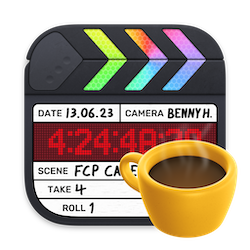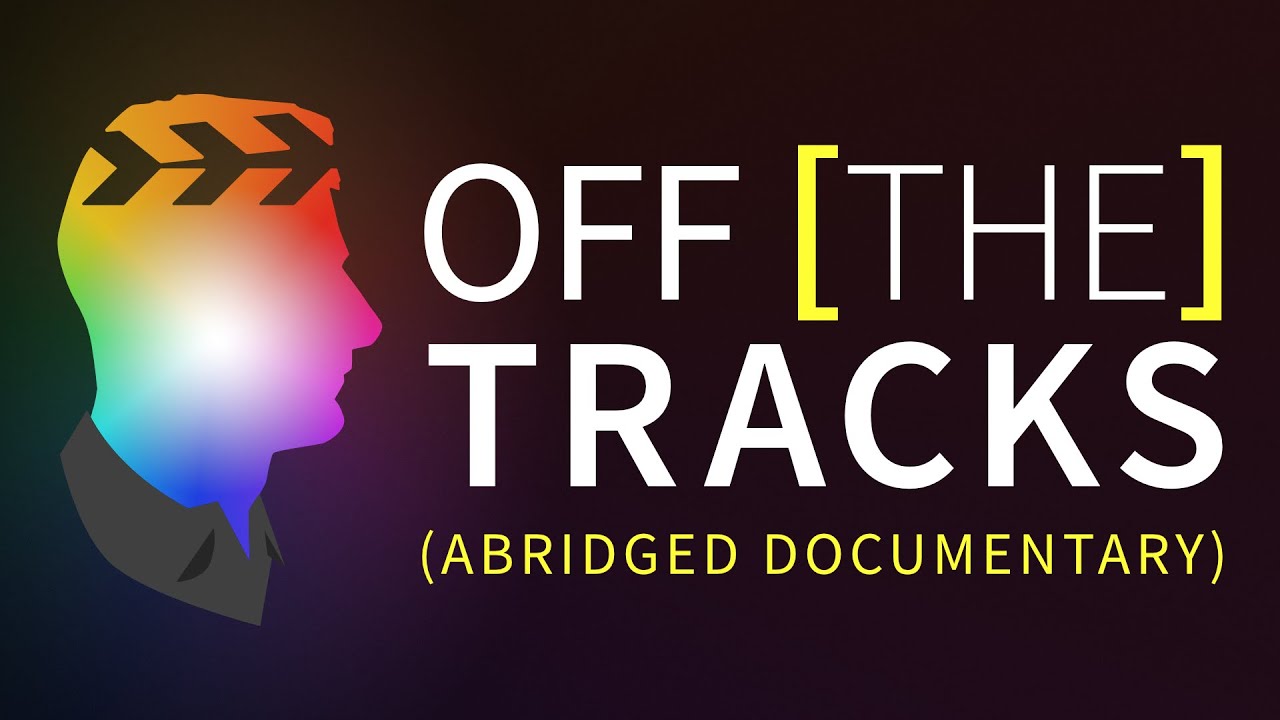#
History
This section is dedicated to the history and backstory of Final Cut Pro.
In the world of video editing and post-production, few software have a legacy as rich as Apple's Final Cut Pro. Known for its powerful capabilities and intuitive interface, Final Cut Pro has come a long way since its inception. Today, let's explore this extraordinary journey of innovation and technological progression.
#
The Genesis of an Idea
The story begins with Randy Ubillos, a name widely associated with the creation of the first three versions of Adobe Premiere Pro. His team's knack for developing professional video editing programs was then recognized by Macromedia, leading them to embark on a new project, KeyGrip.
KeyGrip was a more professional video editing program, built on Apple's QuickTime, which was intended for Macromedia's portfolio. However, due to licensing issues with Truevision, and Macromedia's shift towards web market solutions, the project hit a roadblock. Macromedia decided to sell its desktop applications, including the embryonic KeyGrip.
#
Birth of the Final Cut Pro
In a pivotal year of 1998, KeyGrip was renamed Final Cut, and showcased as a 0.9 alpha version at the NAB Show. With no buyers, Apple, recognizing the potential of the software, stepped in and acquired the development team.
Contrary to expectations, Apple continued the development work, despite the lack of a buyer. The team made significant enhancements to the software, such as adding FireWire support, and finally, in 1999, it was released as Final Cut Pro at the NAB show.
#
Building a Community
To ensure that Final Cut Pro received solid support from the start, Apple adopted an aggressive marketing and training strategy. They joined forces with DVcreators.net to launch a training disc, "Final Cut Pro PowerStart", and hosted hundreds of free and paid seminars worldwide. This strategy significantly boosted the software's early market visibility and success.
During this time, Final Cut Pro also capitalized on the decline of Adobe Premiere in the Mac market. A strategic trade-in program in 2003 allowed Adobe Premiere users to switch to Final Cut Express for free or avail of a hefty discount on Final Cut Pro.
#
Pioneering Broadcast Quality
A defining factor in the success of Final Cut Pro was the robust QuickTime platform, particularly its support for new DV cameras connected via FireWire. The software found its application in the production of the first fully broadcast quality, globally distributed TV show, Women of Wrestling in 2000. Networks, such as Oxygen, also adopted the software to produce shows like SheCommerce.
By 2003, Final Cut Pro was credited for facilitating the production of the controversial film "PlayCouples, A New Era of Swinging". The software demonstrated its reliability during the film rendering, and this positive experience led to more endorsements from industry professionals. Such endorsements boosted its acceptance as a professional editing tool and culminated in a Primetime Emmy Engineering Award for its influence on the television industry in 2002.
#
The Evolution of Final Cut Pro
Final Cut Pro continued to evolve, with the 4th version in 2003, introducing new applications such as Compressor, LiveType, and Soundtrack for advanced editing needs. Over time, the software strengthened its support for various video formats and integrated with additional tools to provide a comprehensive editing solution.
By 2006, Apple stopped selling Final Cut Pro as a standalone product, making it available only as part of the Final Cut Studio bundle. It also introduced the universal binary version, enhancing the software's flexibility and performance.
Subsequent versions, Final Cut Pro 6 and 7, introduced in 2007 and 2009 respectively, brought more functionalities and integrations. Despite its growing capabilities, the software remained a 32-bit application until Final Cut Pro 7.
#
Final Cut Pro X: A Revolution in the Editing World
In 2011, Apple launched a major new iteration of its popular video editing software - Final Cut Pro X. This version represented a significant departure from its predecessors, bringing both praise and criticism for its novel approach.
#
The Launch and Initial Response
The launch of Final Cut Pro X (also known as FCPX or FCP 10) in June 2011, stirred up quite a controversy within the industry. The significant changes implemented by Apple shook many long-time users. Some of the main points of contention were the lack of backward compatibility with projects from previous versions and the initial absence of features like multi-cam editing and the ability to edit tape-based media.
Notably, there was also a transition in the distribution model, as Apple decided to make the software available only via download through the Mac App Store. This change proved challenging for mass enterprise deployment.
To gain an idea of the extent of the initial backlash, you can watch Conan O'Brien's satirical response on his talk show.
#
Behind the Scenes
Phil Pan on Alex4D's Facebook Group, from the development team reveals that much of the advanced work from the core Shake team during this time was focused on the Helium renderer, a technology that is still central to Apple's Pro Apps today.
Interestingly, Phil indicated that management was more invested in projects such as Motion and Aperture that resonated with Steve Jobs and less in Shake. During this time, Apple acquired French mathematician Christophe Souchard's Senso technology, an advanced image scaling and frame-rate conversion tool using motion vector estimation.
At Apple, Souchard’s skills impressed management so much that his position was titled "Applied Magic." He contributed to the development of next-generation prototypes, introducing methods using partial differential equations. However, due to Apple's policy against releasing compute-intensive software, much of this work never saw the light of day.
The shift in Apple's focus towards mass-market and mobile devices during the final years of Steve Jobs' leadership had a profound impact on the engineering efforts in high-end imaging worldwide.
#
Rising from the Ashes
Despite the tumultuous start, Apple stood firm, continuously refining and improving FCPX. Through free updates, many of the missing features were reintroduced, and new ones were added.
A significant contribution was the Magnetic Timeline, which allowed for fluid, flexible editing, simplifying the process of exploring story ideas. Additionally, the introduction of Compound Clips further streamlined complex projects.
A major leap forward came with the new 64-bit architecture and GPU utilization. This allowed editors to work with larger frame sizes, higher frame rates, and more effects — all in real-time.
#
The Current State of Final Cut Pro X
Today, Final Cut Pro X has matured into a powerful and efficient editing platform. With innovative features like the Magnetic Timeline, powerful multicam support, and advanced color grading, it has won over many skeptics.
Further solidifying its place within the industry is the introduction of ProRes RAW in FCPX, making it a go-to tool for many professionals. This format combines the flexibility of RAW video with the incredible performance
#
Final Cut Pro for iPad: Expanding Horizons
In an exciting move, Apple announced in May 2023 the availability of Final Cut Pro for iPad, further expanding the reach and versatility of this beloved editing software. The launch date was 23rd May 23 2023.
This iPad version requires an M-series chip, a powerhouse in Apple's lineup of Apple Silicon. This move allows users to make full use of the advanced capabilities and power efficiency that the M-series chips offer.
In terms of cost, Final Cut Pro for iPad deviates from the usual one-time purchase model. Instead, it will be available solely through a subscription-based model. For just $4.99 per month or $49 per year, users can enjoy the full range of features that Final Cut Pro brings to the table.
The introduction of Final Cut Pro for iPad aligns with the growing trend of mobile editing. This move makes high-quality video editing more accessible than ever, allowing professionals and hobbyists alike to craft stunning videos no matter where they are.
For more details, check out the announcement on Ars Technica or the Apple Newsroom.
#
Randy Ubillos
This in video Randy Ubillos explains the beginnings of Final Cut Pro.
#
Off The Tracks
In 2011 Apple ended Final Cut Pro as we knew it and started over with a brand new video editing application: Final Cut Pro X. The disruption from this change is still being felt by the film, television, and video industries to this day. With misinformation running amok, Off The Tracks aims to clear the air once and for all. This documentary features exclusive interviews with the creative professionals who use the software and the developers who created it. Why did Apple make Final Cut Pro X?
Want to contribute? Learn more here!



